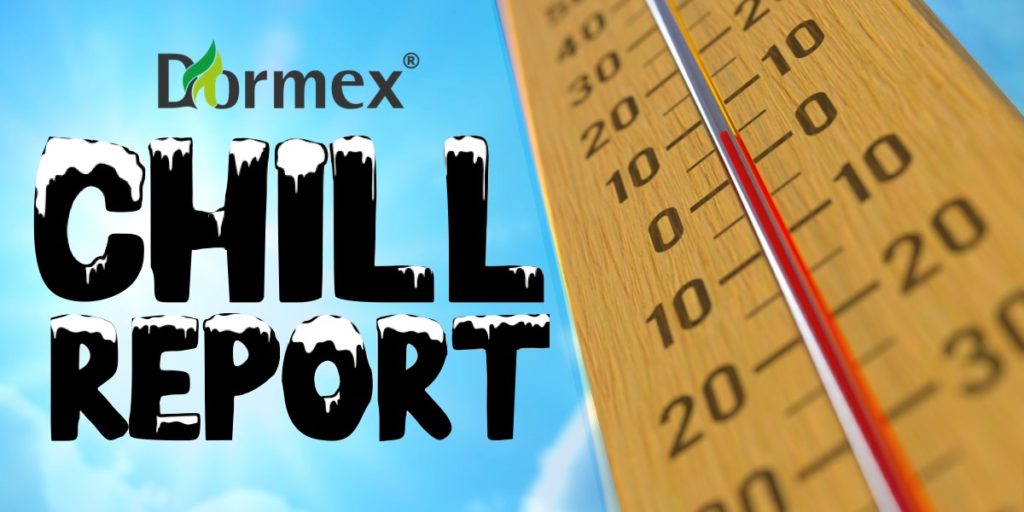
Cold temperatures are a critical part of crop development, with trees requiring a certain amount of cold during the dormant season. UC Cooperative Extension Orchard Systems Advisor, Kat Jarvis-Shean said counting the number of hours that temperatures are below 45 degrees Fahrenheit has historically been how chill accumulation has been tallied. However, there are limitations to that system of measurement.
“There are things about the California climate that make that a not great way for counting chill. The trees would sometimes react differently from how we would expect if we were just counting with chill hours,” Jarvis-Shean explained. “Any human body knows it feels different to be at 44 degrees than 33 degrees. The trees feel the same way, that those are different temperatures, different experiences.”
The chill hours model does not account for varying levels of chill only counting hours below a certain threshold. Warm daytime temperatures can also counteract the impacts of cold temperatures overnight. California’s Mediterranean climate also includes many nights of cool, but not cold overnight temperatures. That aspect is also not factored into the chill hours model. Jarvis-Shean said the dynamic model will take other elements into consideration with “different weights for different temperatures, some counteraction of chill accumulation if warm follows cold and some accounting for mild and cool conditions.”
Information from the UC Davis Chill Calculator shows that as of December 11, the Shafter CIMIS station has logged 16.7 portions under the dynamic model, with 348 hours below 45°F. The station in Five Points has registered 16.9 portions, with 356 hours. There have been 472 hours in Merced, with 17.7 cumulative portions. In Manteca, there have been 332 chill hours, equating to 19.6 portions. Finally, the CIMIS station in Durham has registered 23.3 portions, with 391 hours.
Listen to the latest chill report below.










